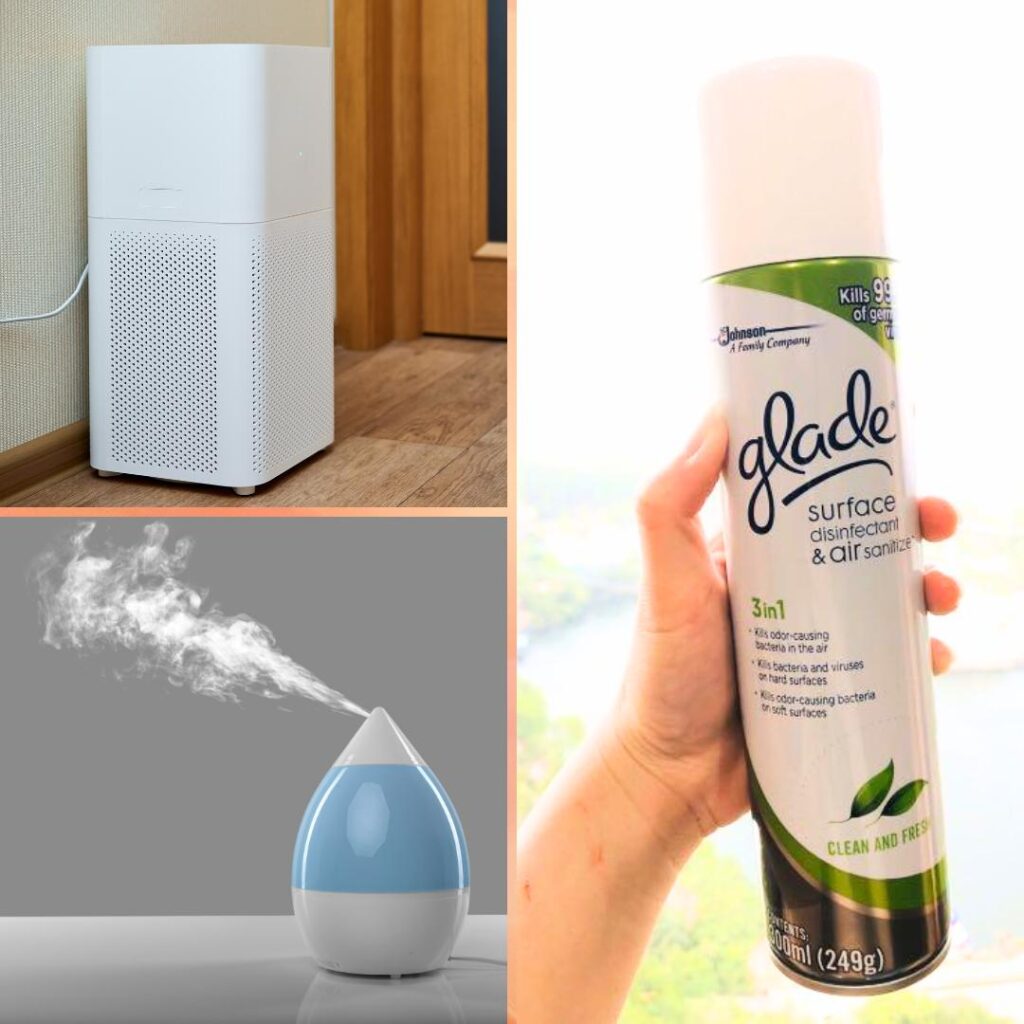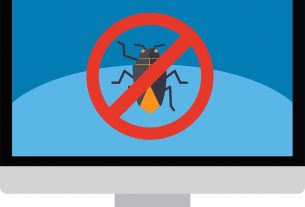
In our quest for clean and fresh air, we often come across a multitude of devices that promise to improve indoor air quality. Among these, air sanitizers, air purifiers, and humidifiers stand out as popular choices. But what exactly are the differences between these devices, and how do they work to enhance the air we breathe? Let’s dive into the world of air purification and unravel the unique features and functions of each.
Air Sanitizers: Eliminating Harmful Pathogens
Air sanitizers are designed to target and eliminate airborne pathogens such as bacteria, viruses, and mould spores. They utilise various technologies like UV-C light, ozone generation, or electrostatic precipitation to neutralise these harmful particles. By eradicating pathogens, air sanitizers help create a healthier environment and reduce the risk of respiratory infections. However, it’s important to note that air sanitizers primarily focus on disinfection rather than addressing other air quality issues.
Air Purifiers: Air Purifying Against Pollutants
Air purifiers take a comprehensive approach to improving indoor air quality. They employ filters, such as High-Efficiency Particulate Air (HEPA) filters, to capture and remove a wide range of pollutants including dust, pollen, pet dander, smoke, and volatile organic compounds (VOCs). This makes air purifiers highly effective in reducing allergens and irritants, providing relief for allergy sufferers and promoting better respiratory health. Unlike air sanitizers, air purifiers are adept at tackling a broader spectrum of air pollutants.
Humidifiers: Balancing Indoor Moisture Levels
While air sanitizers and purifiers focus on cleaning the air, humidifiers serve a different purpose altogether. These devices add moisture to the air to combat dryness, especially during winter or in arid climates. By increasing humidity levels, humidifiers help alleviate dry skin, chapped lips, and respiratory discomfort caused by dry air. However, it’s crucial to maintain optimal humidity levels to prevent the growth of mould and bacteria, which can thrive in overly moist environments.
Air Purifier vs. Humidifier: Choosing the Right Solution
When it comes to deciding between an air purifier and a humidifier, it’s essential to consider your specific needs and the characteristics of your indoor environment. Here are a few factors to consider:

Air Quality Concerns: If you’re primarily concerned about airborne pollutants and allergens, an air purifier with a HEPA filter is an excellent choice. It will effectively capture and remove these particles, improving the air quality.
Moisture Balance: If dryness and discomfort are your main concerns, a humidifier will help add moisture to the air, relieving dry skin and respiratory issues. Ensure proper maintenance to avoid excessive humidity levels.
Combination Approach: In some cases, a combination of an air purifier and a humidifier may be necessary. This is particularly true if you live in an area with both poor air quality and low humidity levels. Just ensure that each device is properly maintained and used by the manufacturer’s instructions.
Remember, investing in quality devices and regularly cleaning and replacing filters are key to their optimal performance and longevity.
Improving Indoor Air Quality: Your Next Step
Now that you understand the differences between air sanitizers, air purifiers, and humidifiers, it’s time to take the next step towards cleaner and fresher indoor air. Assess your specific needs, evaluate the quality of your indoor environment, and choose the device or combination of devices that best addresses your concerns. By making an informed decision, you can create a healthier living space for yourself and your loved ones.
Lastly, remember that air quality is not solely dependent on these devices. Other factors such as proper ventilation, regular cleaning, and reducing the use of chemical products can significantly contribute to a healthier indoor environment. Consider opening windows for fresh air circulation, keeping your living space clean and dust-free, and opting for natural and eco-friendly cleaning products.
Conclusion
Understanding the distinctions between air sanitizers, air purifiers, and humidifiers empowers you to make an informed decision when it comes to improving your indoor air quality. Assess your specific needs, consider the unique features and functions of each device, and choose the option or combination of options that best aligns with your requirements. Remember to prioritise regular maintenance and implement other healthy air practices for a truly refreshing and revitalising indoor environment.
Take a deep breath, make the right choice, and let the power of clean and fresh air transform your living space into a haven of well-being and comfort. Check out BioCair’s products today for your air cleansing needs.



